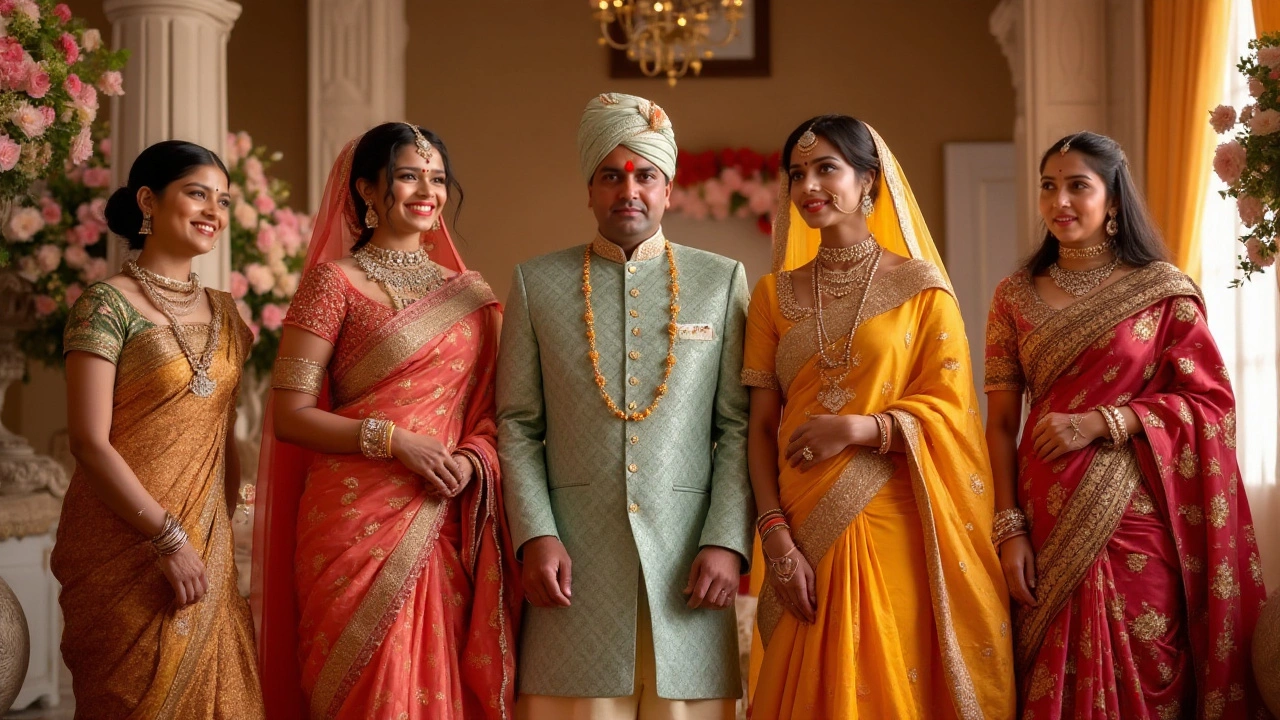Cultural Fashion: How Tamil Traditions Shape Modern Style
When we talk about cultural fashion, the way people dress to express their heritage, beliefs, and community identity. Also known as ethnic wear, it’s not just about looking good—it’s about carrying history on your body. In Tamil Nadu and among Tamil communities worldwide, clothing isn’t random. It’s chosen with meaning: the way a saree is draped, the gold thread in a veshti, the color of a mundu—all speak to region, occasion, and lineage.
Take the Tamil traditional attire, the handwoven silk sarees and cotton veshtis worn during festivals and weddings. Also known as Kanchipuram silk, these fabrics come from centuries-old weaving centers where patterns like peacocks and temple towers are stitched by hand. These aren’t just clothes—they’re heirlooms passed down, sometimes worn for decades. Even today, a Tamil bride might wear a red and gold Kanchipuram saree because her grandmother did, and her great-grandmother before that. Meanwhile, men in rural areas still wear the veshti, a simple, unstitched dhoti wrapped around the waist and legs, often paired with a shirt or angavastram. Also known as mundu, it’s practical for heat, easy to wash, and deeply tied to daily rituals like temple visits. You’ll see it on farmers, priests, and even young professionals heading to work.
What makes cultural fashion in Tamil culture different? It’s the rhythm between old and new. A college student might wear a printed cotton saree with a crop top for a party, but still drape it the traditional way—over the left shoulder, not the right. A designer in Chennai might use temple border motifs on a denim jacket. These aren’t trends copied from Instagram—they’re rooted in practices that have lasted 500 years. You’ll find this blend in every post below: how Karthigai Deepam lamps influence fabric choices, why certain colors are avoided during mourning, how folk dances like Karakattam demand specific movement-friendly cuts, and how Tamil diaspora communities keep these styles alive abroad.
There’s no single rulebook for cultural fashion here. It’s lived, not learned from books. It’s in the way a mother teaches her daughter to tie the pallu just right, or how a tailor in Madurai remembers which thread matches the shade of her grandmother’s wedding saree. This collection doesn’t just show you what people wear—it shows you why they wear it, and how those choices still matter today.
